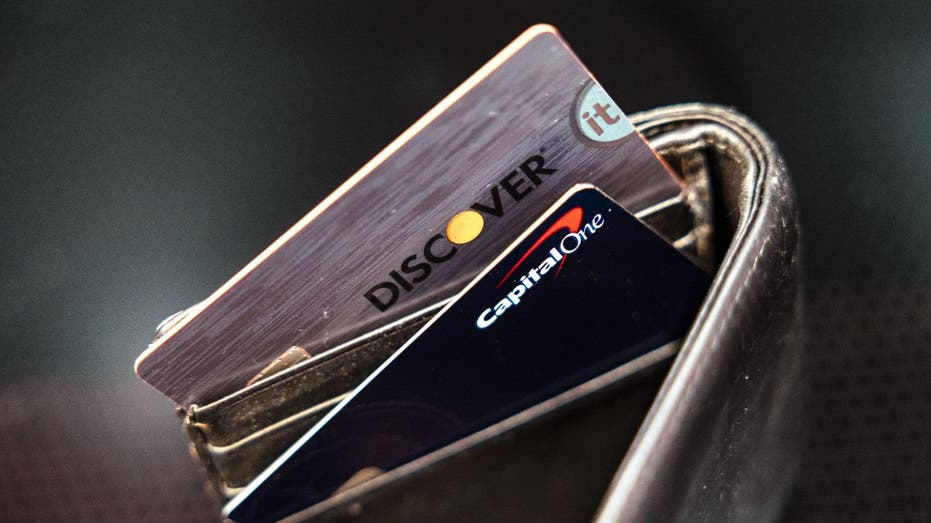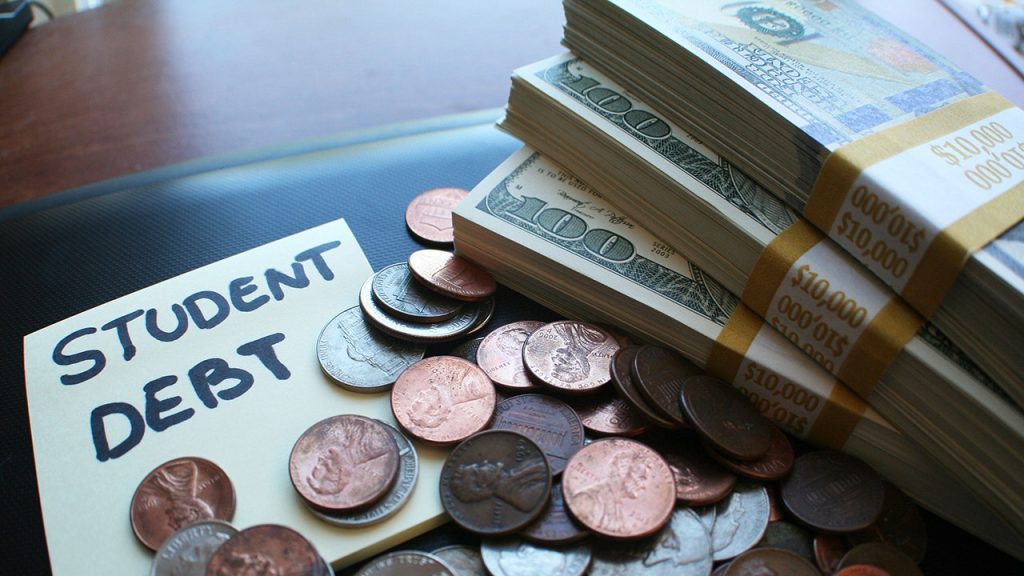Student loan forgiveness hasn’t helped a swath of borrowers who say they’re still in a tight spot financially, according to a recent Wall Street Journal report.
The article, published Saturday, says that, of the more than 900,000 borrowers who have had their loans forgiven either entirely or in part through the Public Service Loan Forgiveness plan – along with two million more receiving the same payoff through other programs – many borrowers are still navigating other debts or dealing with a bad credit score.
“Since many weren’t making regular student-loan payments, they don’t find themselves with a new stream of cash just because the monthly bill stopped coming,” the article reads in part.
PARENTS FEEL THE PINCH WITH INFLATED BACK-TO-SCHOOL COSTS: ‘A NEVER-ENDING NIGHTMARE’
According to Education Data Initiative, the average student federal loan debt American borrowers have been saddled with is approximately $38,000, with the total average – including private loans – equaling over $40K.
As of August 16, the U.S. national debt is at 35.17 trillion.
The Public Service Loan Forgiveness plan wiped away many borrowers’ debts for direct loans after applicants “made the equivalent of 120 qualifying monthly payments under an accepted repayment plan” while working full-time for an “eligible employer” in the public sector or for a nonprofit.
According to the WSJ, an additional 1.3 million borrowers “have been approved for discharge through a program aimed at students who were misled by their colleges about things such as job prospects,” and relief is reportedly on the way for more.
The report goes on to quote Constantine Yannelis, an associate professor of finance at the University of Chicago, as saying, “For the typical borrower, the forgiveness is nice but not life-changing.”
Along with other researchers, Yannelis found that borrowers typically replace their debt with another once it is forgiven, including through credit cards, home loans and auto loans.
BANK OF AMERICA CEO REVEALS WHERE US CONSUMER MONEY IS GOING AND THE ‘PROBLEM’ WITH IT

That same research cited no difference in the borrowers’ credit scores.
One borrower, whose student loan debt was discharged – meaning she was no longer required to make payments due to select circumstances – is Annetta Walker, who is left to juggle her son’s college costs, the loss of her job as a legal assistant and her hope to qualify for a mortgage, despite having $82,000 in debt cleared earlier this year.
“I hope one day I’ll be able to buy a home and stop living this transient lifestyle,” Walker said, per the outlet. “And I’m hopeful for some sort of generational wealth for my kids.”
DREAM DEFERRED: PORTLAND COUPLE WITH SIX-FIGURE SALARY STRUGGLES TO FIND HOME TO MEET THEIR BUDGET
Another borrower, a professor named Kimberly Acquaviva, whose $90,000 debt was wiped away, described the event as removing “sandbags off of my back,” but added that the relief was subpar.
“Now I’m not in as bad a situation as I could have been,” she said in part, adding, “What has changed isn’t so much our quality of life but our sense that we have some choice of how to use that $900 a month.”
Read the full article here



